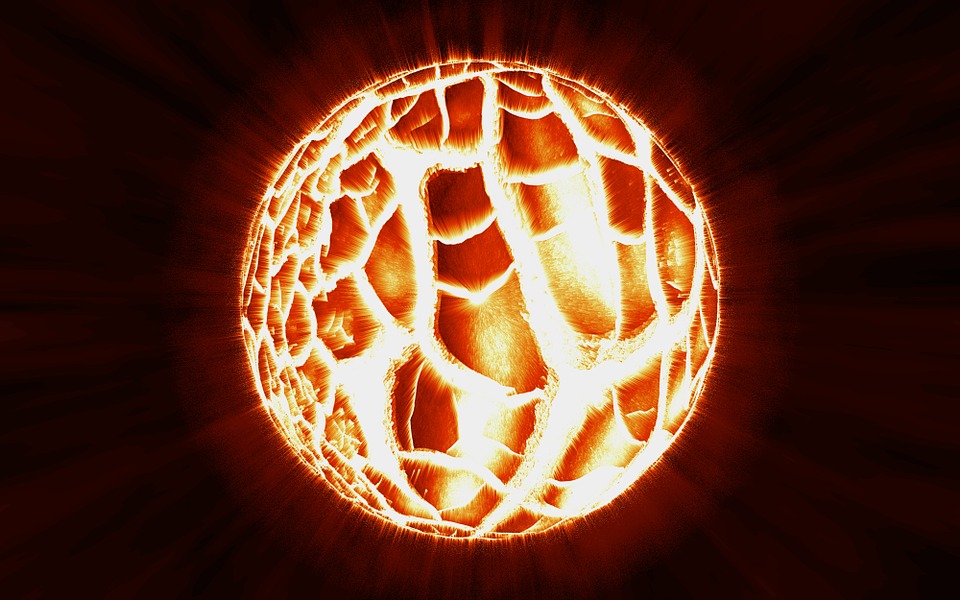A concept of transportation actually being able to go as fast as the speed of light may seem to only exist in the movies or in television. However, according to two experts, it may be possible for a spacecraft to reach that kind of speed.
Express reports that two Harvard professors, Manasvi Lingam and Abraham Loeb conducted a study regarding the speed of space transportation, specifically, how a spacecraft can take advantage of waves that are produced by supernova explosions similar to that of boats channeling the wind in order to set sail. Their study is titled “Propulsion of Spacecrafts to Relativistic Speeds Using Natural Astrophysical Sources” and their findings suggest that it is possible to use the blasts of energy produced by supernova explosions to accelerate a spacecraft into super speeds.
According to the professors, that kind of spacecraft would be able to channel the force with the use of a solar or magnetic sail, these concepts of which were highlighted in the study. This heavily relies on the electromagnetic radiation produced by the Sun to be able to create some pressure against the said kind of sail, resulting in propulsion that would somehow not need any additional engines or propellants.
As far as propellants are concerned, this component seems to play a part in the spacecraft’s overall mass. Propellants give the light or magnetic sail concepts the advantage of appearing much lighter compared to the usual spacecraft as well as a more affordable option to launch into space.
More on speed, it was previously reported that black holes may also enable a spacecraft to reach the speed of light. According to Professor David Kipping, black holes may provide an opportunity for humans to explore space at lightning speeds while at the same time, alien life forms may have already been channeling this power for a while.
As to how this can be done, Kipping explains that a beam of light could be fired towards a moving black hole and if it hits the event horizon, “you would fall into it,” said Kipping. “But if you go into the side of it, you will skim around the outside, the beam of light will come back at you just like a mirror,” he added.



 Trump Administration to Launch Autism Initiatives Targeting Acetaminophen Use and New Treatment Options
Trump Administration to Launch Autism Initiatives Targeting Acetaminophen Use and New Treatment Options  FDA Pilot Program Eases Rules for Nicotine Pouch Makers
FDA Pilot Program Eases Rules for Nicotine Pouch Makers  NASA Astronauts Wilmore and Williams Recover After Boeing Starliner Delay
NASA Astronauts Wilmore and Williams Recover After Boeing Starliner Delay  Ancient Mars may have had a carbon cycle − a new study suggests the red planet may have once been warmer, wetter and more favorable for life
Ancient Mars may have had a carbon cycle − a new study suggests the red planet may have once been warmer, wetter and more favorable for life  SpaceX Starship Explodes in Texas During Test, Citing Nitrogen Tank Failure
SpaceX Starship Explodes in Texas During Test, Citing Nitrogen Tank Failure  Kennedy Sets September Deadline to Uncover Autism Causes Amid Controversy
Kennedy Sets September Deadline to Uncover Autism Causes Amid Controversy  NASA Partners with Katalyst to Save Swift Observatory with Innovative Docking Mission
NASA Partners with Katalyst to Save Swift Observatory with Innovative Docking Mission  SpaceX’s Starship Completes 11th Test Flight, Paving Way for Moon and Mars Missions
SpaceX’s Starship Completes 11th Test Flight, Paving Way for Moon and Mars Missions  Eli Lilly’s Inluriyo Gains FDA Approval for Advanced Breast Cancer Treatment
Eli Lilly’s Inluriyo Gains FDA Approval for Advanced Breast Cancer Treatment  Neuren Pharmaceuticals Surges on U.S. Patent Win for Rare Disorder Drug
Neuren Pharmaceuticals Surges on U.S. Patent Win for Rare Disorder Drug  Lab-grown meat: you may find it icky, but it could drive forward medical research
Lab-grown meat: you may find it icky, but it could drive forward medical research  Neuralink Expands Brain Implant Trials with 12 Global Patients
Neuralink Expands Brain Implant Trials with 12 Global Patients  Lost in space: MethaneSat failed just as NZ was to take over mission control – here’s what we need to know now
Lost in space: MethaneSat failed just as NZ was to take over mission control – here’s what we need to know now 































